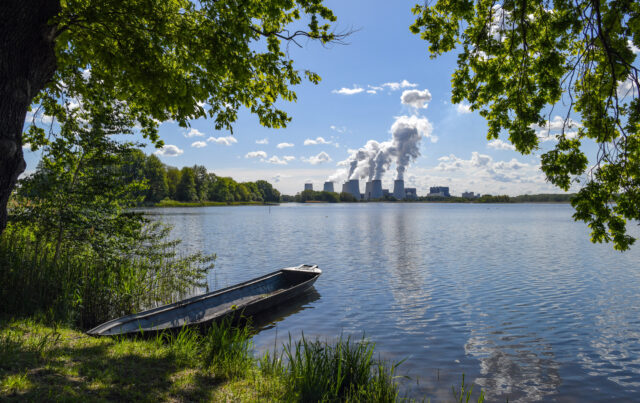This article originally appeared on Inside Climate News, a nonprofit, non-partisan news organization that covers climate, energy, and the environment. Sign up for their newsletter here.
The latest anomaly in the climate system that can’t be fully explained by researchers is a record annual jump in the global mean concentration of carbon dioxide in the atmosphere measured in 2024.
The concentration, measured in parts per million, has been increasing rapidly since human civilizations started burning coal and oil in the mid-1800s from the pre-industrial level of 280 ppm.
In recent decades, the increase has often been in annual increments of 1 to 2 ppm. But last year, the increase measured by the National Oceanic and Atmospheric Administration’s Global Monitoring Laboratory was 3.75 ppm, according to the lab’s early April update of atmospheric greenhouse gas concentrations.
That brings the annual mean global concentration close to 430 ppm, about 40 percent more than the pre-industrial level, and enough to heat the planet by about 2.7° Fahrenheit (1.5° Celsius). Climate researchers have noted that the continuing increase of global CO2 emissions means the world will probably not be able to reach the Paris Agreement target of limiting warming to 2.7° Fahrenheit above the pre-industrial level.
“It’s definitely worrying to see such a large jump in 2024,” said Berkeley Earth climate researcher Zeke Hausfather. “While it’s not surprising to set new records given global emissions have yet to peak, and there are generally higher ppm increases in El Niño years, 2024 was still anomalous for just how large it was.”
El Niño refers to the warm phase of a tropical Pacific Ocean cycle that’s formally called the El Niño Southern Oscillation. During other recent El Niño phases, like in 1998 and 2016, the annual CO2 increase was about 3 ppm, Hausfather said.
“Because we know the magnitude of emissions and the ocean sink does not vary that much year to year, this has to reflect a weakening of the land sink,” he said, referring to the amount of carbon absorbed by terrestrial ecosystems like forests and wetlands. Those ecosystems did still take up some carbon last year, he noted, but the land sink was the weakest since 1998, when it touched zero, and 1987, when it was a net emitter of CO2.
Even if the growth rate slows again in 2025, he said, “the worry is that this year’s jump might include [non-El Niño] factors like temperature responses from soils and vegetation that might persist or intensify as the Earth warms.”




 Loading comments...
Loading comments...
